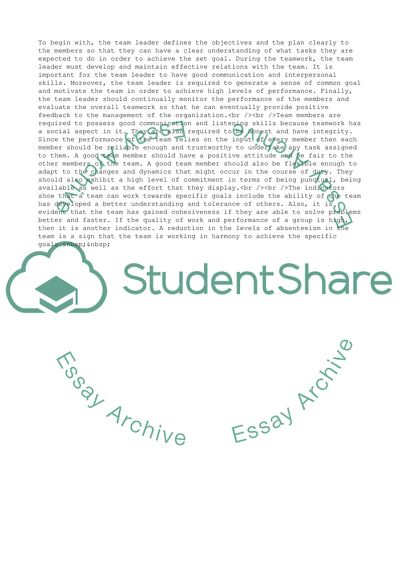Cite this document
(Working with and Leading People: Rackham and Morgan Theory Assignment Example | Topics and Well Written Essays - 1750 words, n.d.)
Working with and Leading People: Rackham and Morgan Theory Assignment Example | Topics and Well Written Essays - 1750 words. https://studentshare.org/management/1818760-working-with-and-leading-people
Working with and Leading People: Rackham and Morgan Theory Assignment Example | Topics and Well Written Essays - 1750 words. https://studentshare.org/management/1818760-working-with-and-leading-people
(Working With and Leading People: Rackham and Morgan Theory Assignment Example | Topics and Well Written Essays - 1750 Words)
Working With and Leading People: Rackham and Morgan Theory Assignment Example | Topics and Well Written Essays - 1750 Words. https://studentshare.org/management/1818760-working-with-and-leading-people.
Working With and Leading People: Rackham and Morgan Theory Assignment Example | Topics and Well Written Essays - 1750 Words. https://studentshare.org/management/1818760-working-with-and-leading-people.
“Working With and Leading People: Rackham and Morgan Theory Assignment Example | Topics and Well Written Essays - 1750 Words”. https://studentshare.org/management/1818760-working-with-and-leading-people.


